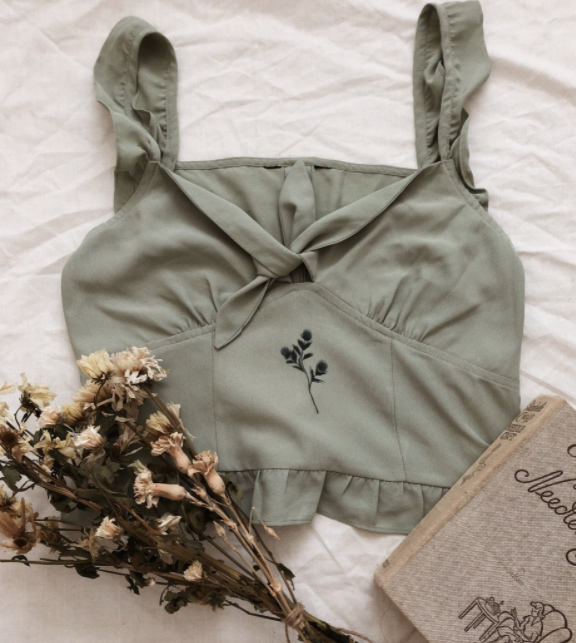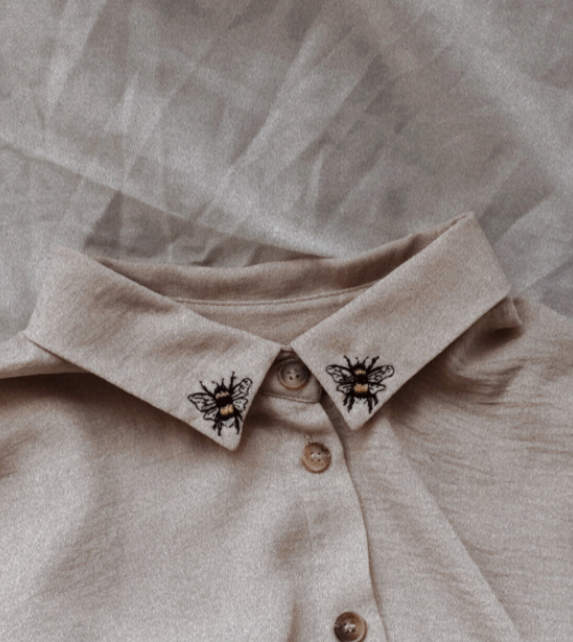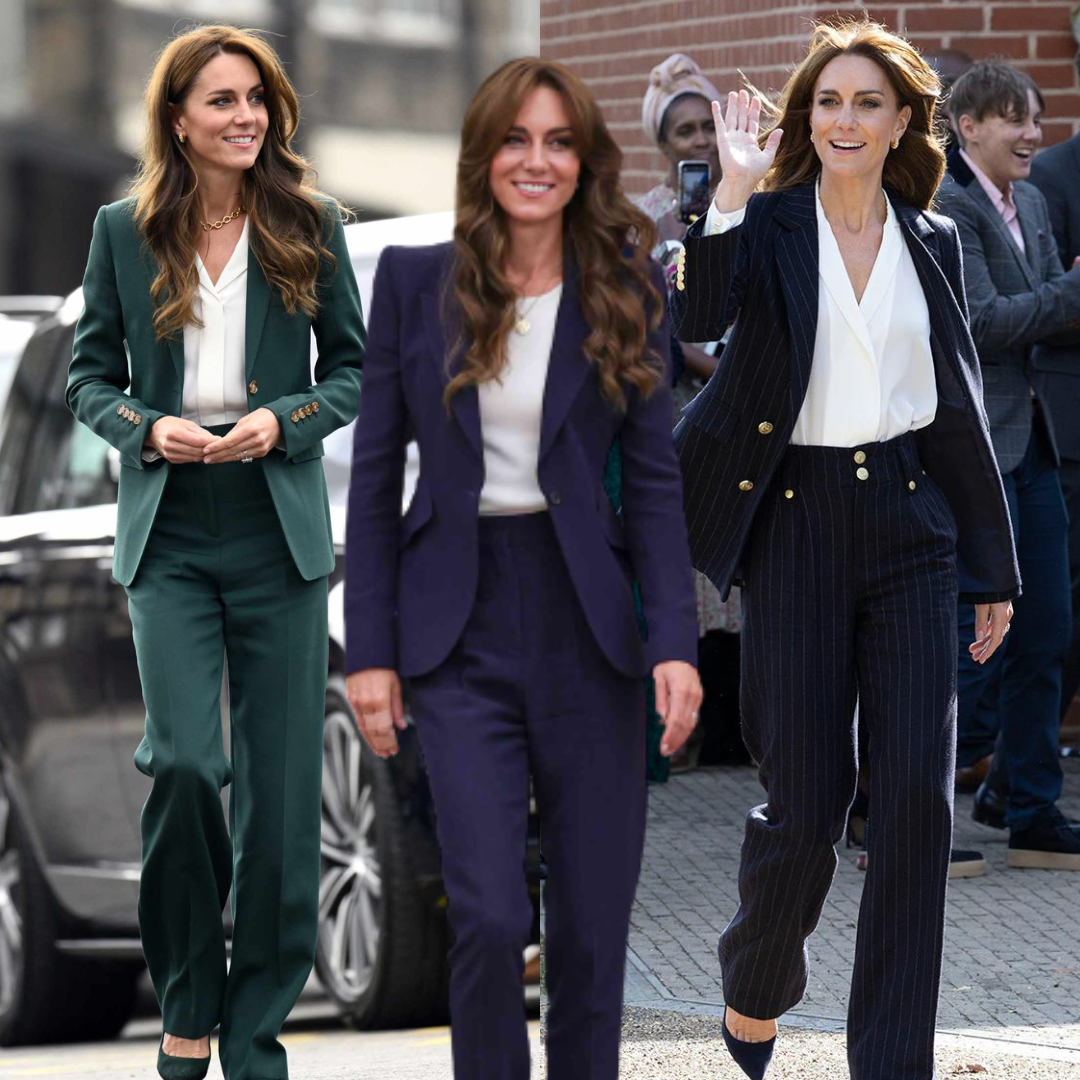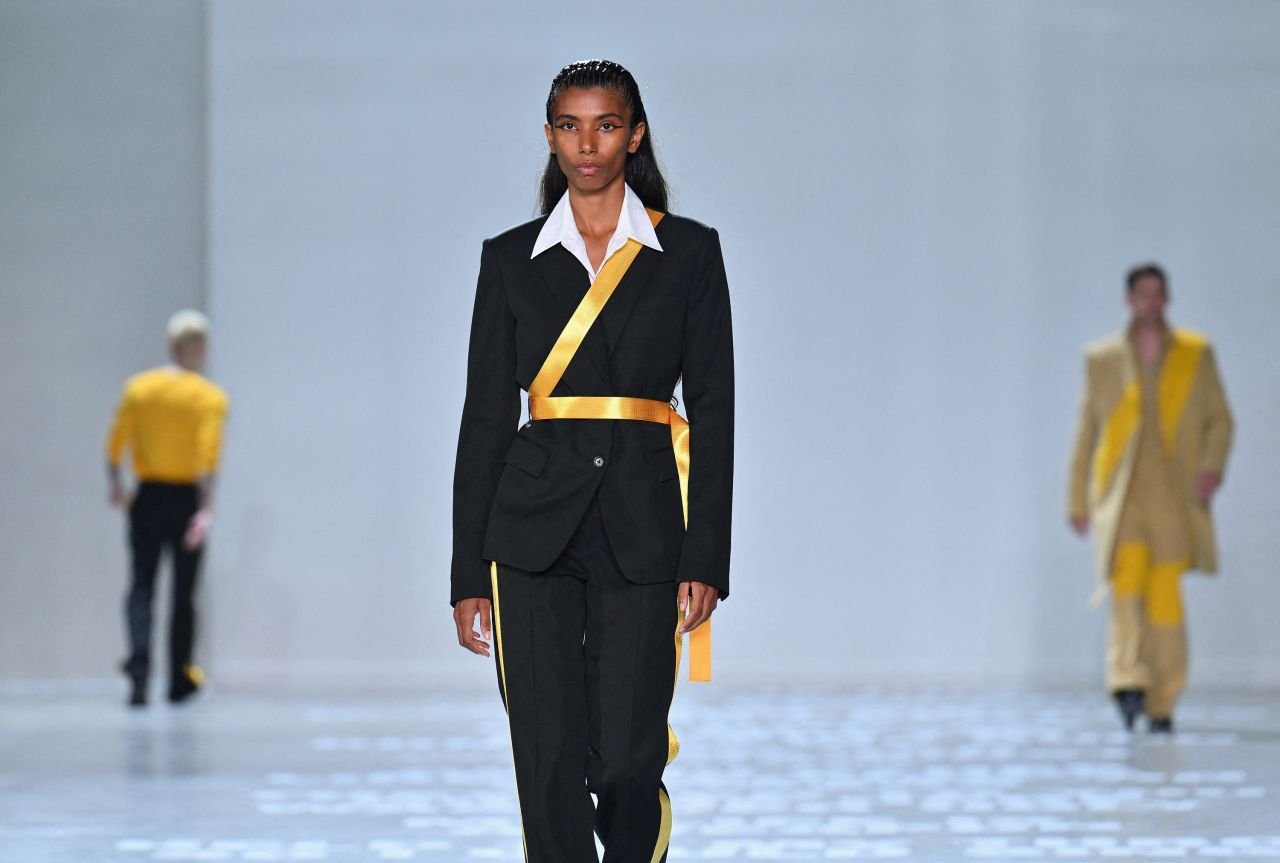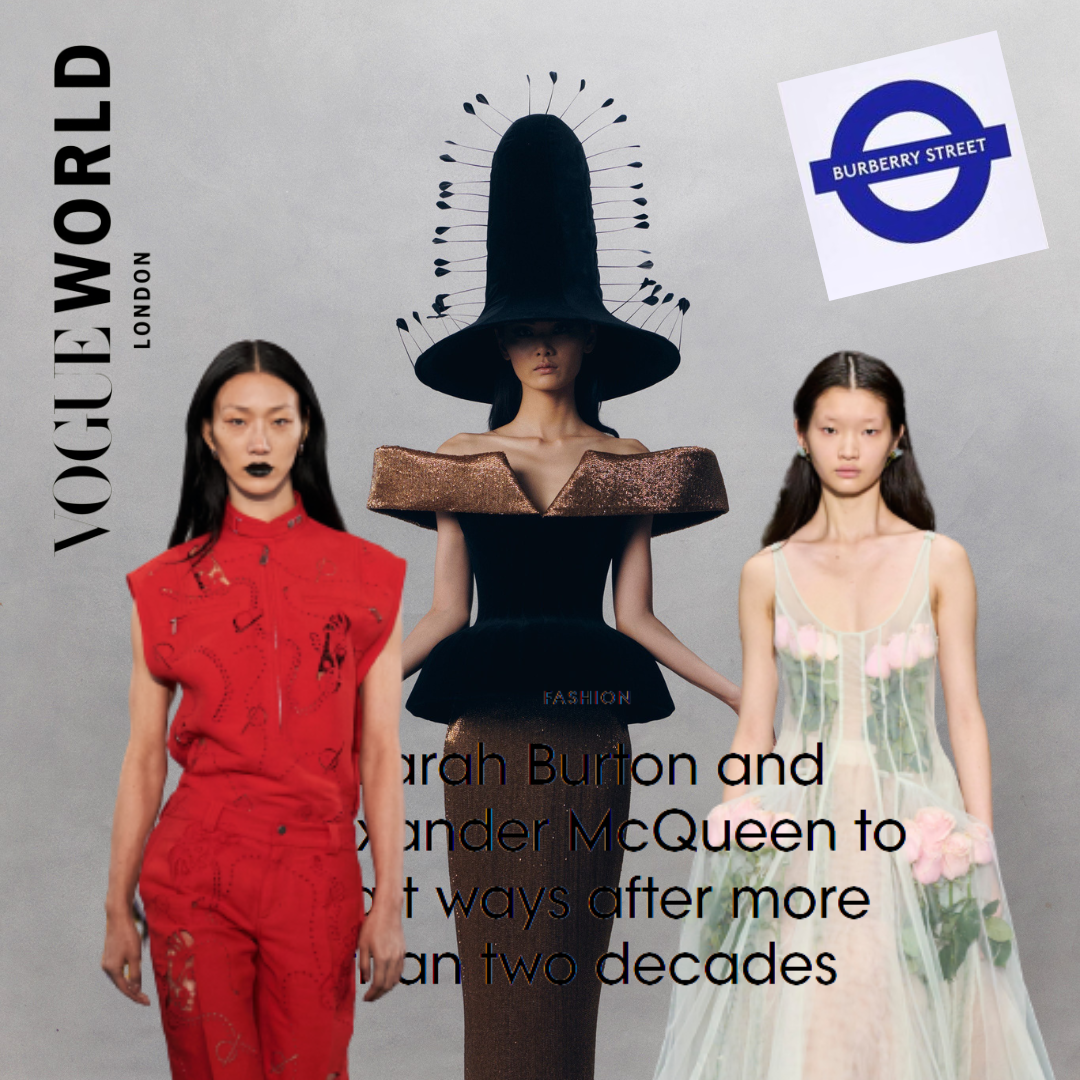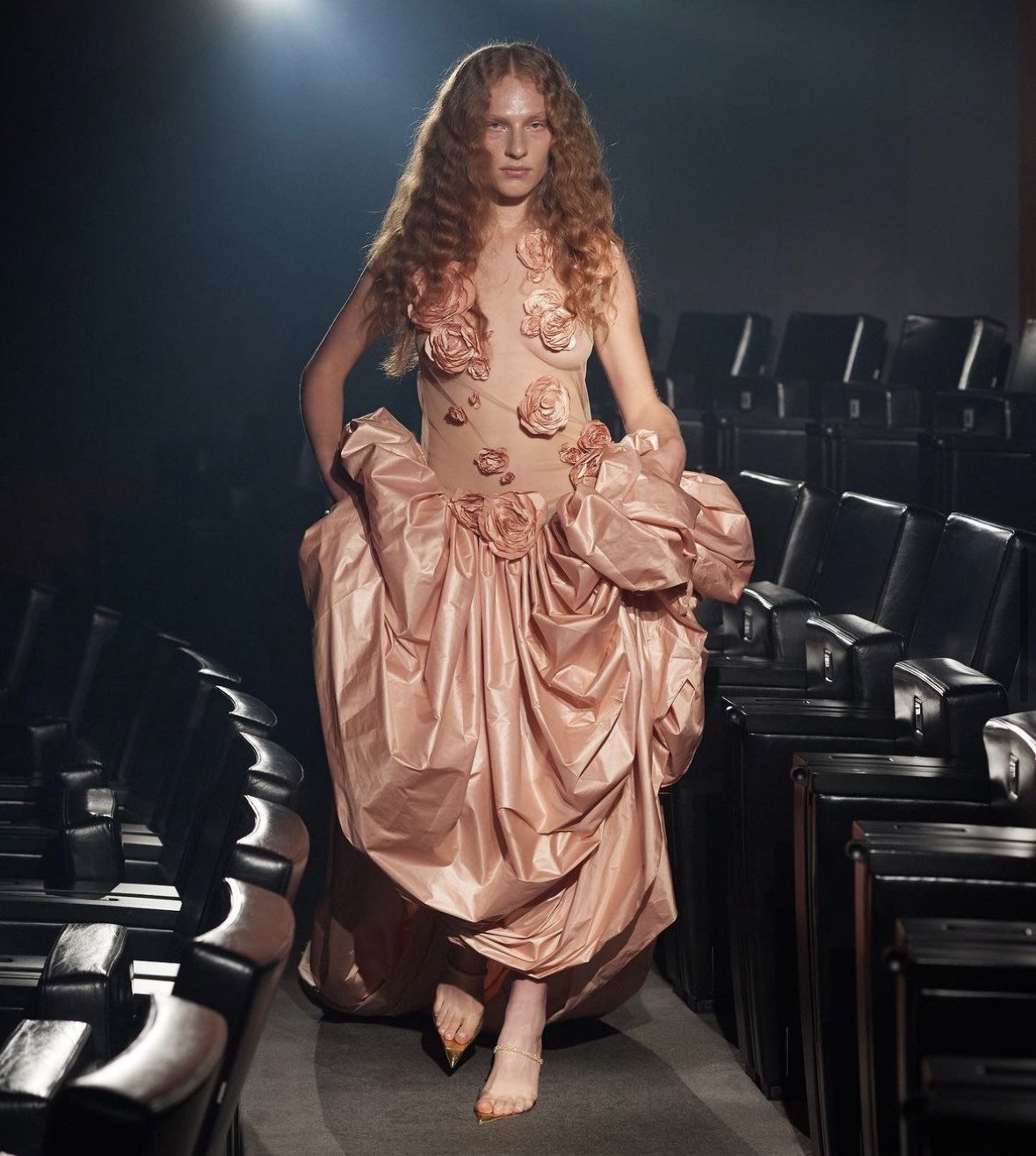Giving Old Clothes New Life - An Interview with Ffion Snaith
For many, the thought of buying clothing second-hand can feel like a gamble. What if it's not the right shape? Maybe it has stains? Imagine I buy it and then find it has a big hole? Of course, all of these are possibilities when you shop at your local charity shop and while shopping second-hand is amazing for the environment it can lack that joy of buying a brand new item. You know that excited feeling of waiting for a parcel to arrive and inside is a delicately wrapped up garment. Thankfully, there are brands out there that sell pre-loved items that will still give you that same joy. In this interview, I talk to Ffion Snaith the owner of small business être dans la lune about embroidery, giving old clothes a new life and the impact of sustainability.
1) Tell me in a couple of sentences what your small brand être dans la lune is and what that phrase means?
What started as a wee little corner of the internet used to vessel some of my creativity, être dans la lune soon grew into an expanding collection of works- from illustrations, to poetry, hand-embroidered clothes and even jewellery. Literally speaking, “être dans la lune” means something along the lines of “to be on the moon” in French; figuratively speaking, however, it means to “have one’s head in the clouds”. I’ve always been drawn to the wonderful oddities of words and translation, so the name is a sort of ode to this, as well as capturing the otherworldly, whimsical essence of my work.
2) Why did you create your brand and did you have prior experience in running your own business?
In all honesty, être dans la lune was actually a wonderful accident I sort of happened to stumble upon- a rabbit hole I fell into but have no desire to get out of. It all started in my second year of university when some of my followers encouraged me to set up a website where I could sell prints of my artwork. I was studying comparative literature at UCL at the time and loved any excuse to slyly doodle away in a sketchbook instead of doing university reading. This coincided with when I first really started to engage in the ethical/ sustainable fashion community on Instagram. I’ve always had a love of textiles (as a child I used to slave over my mum’s sewing machine, making clothes for my dolls), so I decided there must be a way to bridge my love of art and fashion in a sustainable way. And the rest is history as they say! I had no experience running a business at all, so it’s been a real learning curve. Most days I feel like I still don’t really know what I’m doing.
3) All of your garments are secondhand pieces? Why is this important to you?
Yes! There are a lot of brands out there waving around terms such as “sustainable”, “ethical”,“ slow fashion”. But it’s a really nuanced topic, and I think we should be sceptical of anyone claiming to have the perfect solution to the imminent crisis of fast fashion. I’m firmly opposed to the constant pushing of new things out into the world. All you need to do is step into your local charity shop to see the scale of the issue. I used to volunteer in a charity shop, and the amount of donations we’d receive still keeps me up at night- imagine a ceaseless conveyer belt of bin bags filled to the brim. You couldn’t even imagine how many of those donations were simply slung into the skips around the back. Giving my items a second chance at life through my creative process feels like an act of rebellion (albeit minuscule) against the fast fashion industry.
4) Do you find it difficult to source these items of clothing?
Not at all! As I mentioned, you couldn’t imagine the sheer abundance of items out there. I’m thrilled to be working with a local charity shop (The Climate Shop that plants trees for every purchase made) who have kindly agreed to put aside damaged fabrics and unloved goods for me to work some magic on. I also use trusted thrifty apps such as depop, eBay and Vinted.
5) You then take these second-hand pieces and embroider them. When and how did you learn this skill?
I do indeed! I started first teaching myself how to embroider around 4 years ago, but only started to take it seriously as a skill after I had graduated university. I’m mostly self-taught with the aid of free learning resources on platforms such as YouTube and TikTok.
Blue Thistle Printed Sage Green Cropped Top. Shop here.
6) Do you think embroidery is a dying skill?
I do to a certain extent! And I think the same can be said for other skills in the textile world such as sewing, lace-making, crocheting etc which aren’t being passed down from generation to generation in the same way anymore. It doesn’t help that many of these skills seem to often exist behind a paywall too. But there’s a wonderful emerging group of creators that are working hard to make skills such as these more accessible, less “frumpy” and instead “cool”. Not that I’d know what it means to be “cool” haha!
7) How long does it take for you to embroider each garment by hand?
It really depends on the complexity of the design. My most simplistic designs, tiny little bumblebees, for example, are usually around two hours to complete. My most complicated design, on the other hand, my sleeping moth bralette, took just under twenty hours to complete! It can be a painstakingly slow process, but it makes you really appreciate the skill and effort that goes into the creation of hand-embroidered items.
8) By taking pre-loved items and giving them a new lease of life, être dans la lune is inherently sustainable. What would you like to see happening in the fashion industry to create a more circular economy?
I’d love to see big brands being held accountable not just for their unethical production practices, but also for how much they overproduce. I would also love to see a push for new initiatives that tackle this very issue of this overproduction - for example, fewer micro-season releases (did you know that most fast fashion brands now have around 52 a year?) and instead more access to services such as tailoring and repairs for already existing products. Basically, anything that would utilise the huge amount of fabric waste we are experiencing! I also think that ultimately there needs to be a huge shift in the way that we, as consumers, view clothes; clothing shouldn’t be something that’s disposable, but rather, we should appreciate the artistry that goes into the production process and treat our garments accordingly.
Light Mushroom Brown Short Sleeved Top With Bumblebee Embroidered Details. Shop here.
9) What would you love to do with your small brand in the future?
Oh gosh, good question! Maybe one day in the distant future I could set up a brick and mortar shop, it’s been a forever dream of mine- mostly so I could have a space to organise community-based workshops to make skills such as sewing and embroidery more accessible.
10) And finally, what does fashion mean to you?
I think that I try to liken fashion to artwork, as ultimately it’s a form of art- not just in the sense that fashion is a form of self-expression, but in terms of the creation process itself which is often undervalued. And to me, the artwork is about telling a story, something I try to capture in all my pieces.

